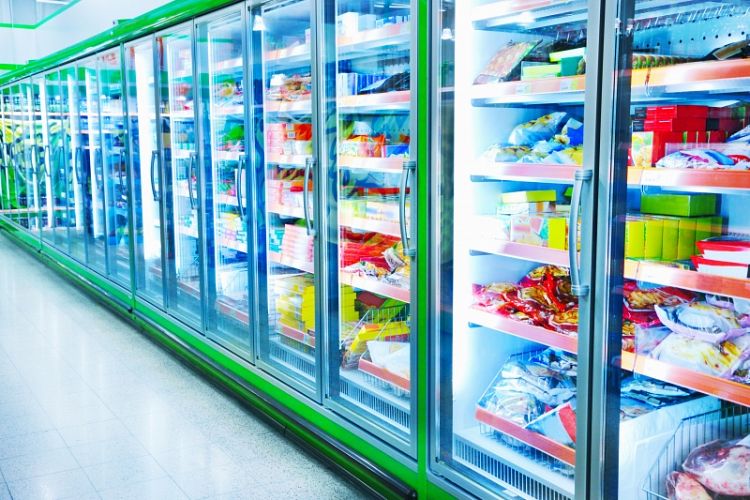As a retailer, keeping produce fresh is a difficult task even at the best of times but as the weather gets warmer, it becomes increasingly difficult to keep stock at a high standard. Nonetheless, there are products to extend the life of your fresh produce, ensuring that it’s high quality both in storage and on the shop floor.
1. Implement an Effective Stock Rotation System
All fresh produce should be rotated using the first in first out method, to ensure older produce doesn’t get lost in the back of display cabinets or cold store units. Out of date stock is not only dangerous but can cause unpleasant smells during the summer months too.
2. Improve Stacking Procedures
Over stacking or tight stacking not only makes stock rotation harder, it reduces the amount of air flow around produce. Without a healthy flow of air, the temperature of fresh produce can rise and condensation will occur, eventually speeding up food deterioration. Over stacking (more than two rows high), can also bruise and crush delicate produce, reducing the quality of the food.
3. Deal with Damaged Products
Unfortunately, you can’t eliminate the damaged produce problem completely but you can actively tackle it. One damaged vegetable can spoil a whole crates worth, so ensure your employees are regularly checking for product spoilage as they carry out their daily store duties. You can also place damaged produce ‘bins’ in your store, so that customers can easily throw away any spoilt produce they might find.
4. Be Aware of Ethylene Sensitivity
Another tip to slow down spoilage during the summer months is to keep ethylene producing products away from ethylene sensitive ones. Avocados, bananas, peaches and tomatoes all produce high amounts of ethylene to name a few.
5. Use Approved Containers
When stocking and displaying produce in store, you should never take goods out of their original containers. Produce should only be stored in containers or boxes approved for food storage if you want to ensure goods stay fresh until their best before dates.
6. Check your Deliveries
Before your stock even makes its way to the shelves, produce should be checked to ensure it has arrived under the correct conditions. A fully trained member of staff should always check the temperature of goods and examine the cold store for any signs of cross contamination. Produce that does not meet the required standards must always be rejected, as it may spoil quickly and become unsafe for consumers.
7. Have the Correct Cold Storage Solution
Once in storage, produce should be kept in the correct type of refrigerated container or cold store. This ensures the high quality of the produce is maintained before it makes its way onto the shop floor. Cold stores should be clean, packed correctly and at the right temperature for the stock inside.
8. Check Temperatures
It’s a legal requirement for retailers to have an easily visible thermometer or electronic temperature measuring device in all cold store units and cabinets. To ensure that produce is at a safe and correct temperature, these should be checked regularly be a designated member of staff. Broken or inaccurate cold stores can speed up food deterioration, especially in summer, making food unsalable. CRS has thermometers as standard in all cold stores.
9. Clean Storage Areas
Much like on the shop floor, an unsanitary cold store unit can cause product spoilage. Off or damaged produce can cause unpleasant smells and leakage, both of which can contaminate ‘good’ stock. To keep food as fresh as possible in the summer heat, regularly check and clean your cold store units.
10. Educate Employees
One of the easiest ways you can keep retail produce fresh this summer is to educate your employees on the issues your store faces when temperatures rise. Teach your staff how to recognise and effectively deal with damaged produce, and ensure everyone understands the importance of stocking and unloading cold store units effectively.
Are you looking to expand your supermarket produce capacity? View our retail cold storage units here.













